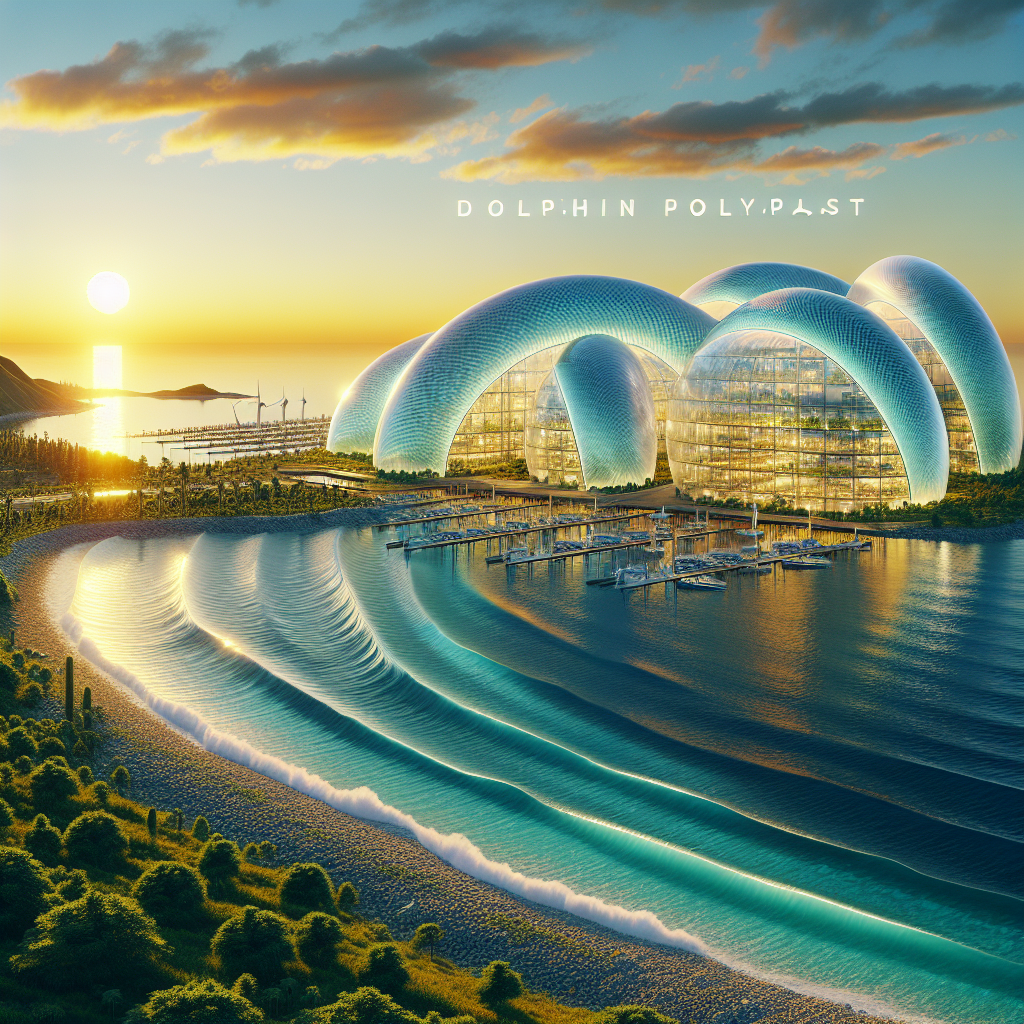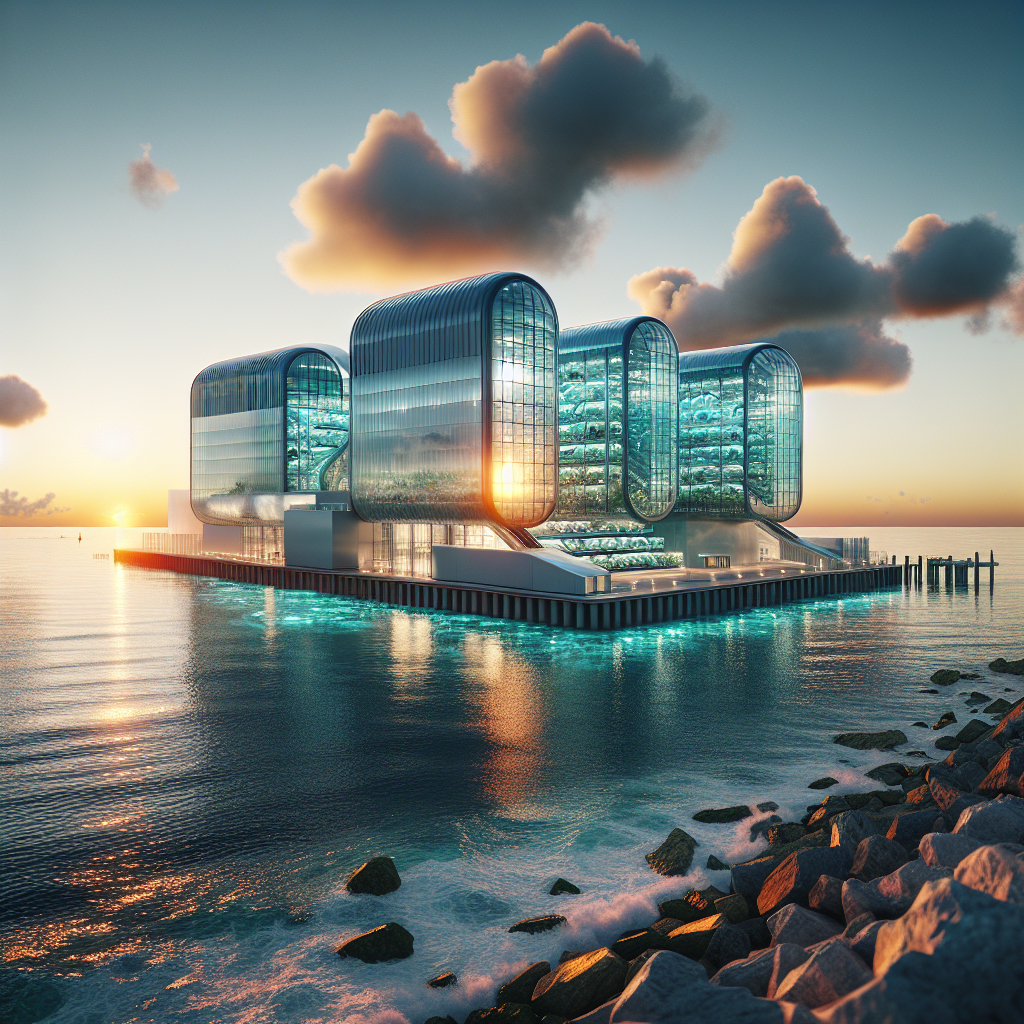
In the ever-evolving field of architecture, the imperative for sustainable design has never been more pronounced. Among the leaders championing this crucial movement is David Covinella, an architect whose innovative approach combines aesthetics with environmental responsibility. This article delves into the life and work of David Covinella: Pioneering New Trends in Sustainable Architecture, exploring his impact on sustainable architecture, the trends he is pioneering, and the broader implications of his work for the future of the built environment.
Introduction to David Covinella
David Covinella’s journey into architecture began with a passion for creating spaces that not only serve functional purposes but also enhance the well-being of their occupants and the environment. He holds a degree in architecture from a prestigious university, where he immersed himself in both traditional architectural practices and the burgeoning field of sustainable design. His education laid a strong foundation for his career, enabling him to blend creative design with cutting-edge sustainable practices.
Throughout his career, David Covinella has been involved in numerous projects, ranging from residential buildings to commercial spaces, all characterized by their commitment to sustainability. His work is marked by a deep understanding of how architecture interacts with nature, human behavior, and technology.
The Importance of Sustainable Architecture
The urgency of adopting sustainable architecture cannot be overstated. As global warming, resource depletion, and environmental degradation escalate, the construction industry faces immense pressure to reduce its ecological footprint. Sustainable architecture aims to address these challenges by prioritizing environmental stewardship in design and construction.
Sustainable architecture encompasses various principles, including energy efficiency, the use of renewable materials, waste reduction, and fostering a connection between occupants and nature. Architects like David Covinella are crucial in this movement, illustrating that beautiful design and environmental responsibility can coexist harmoniously.
Defining Sustainable Architecture
Sustainable architecture is characterized by several key principles:
- Energy Efficiency: Buildings should minimize energy consumption through design strategies that promote natural light, ventilation, and the use of energy-efficient systems.
- Sustainable Materials: Utilizing materials that are renewable, recycled, or locally sourced significantly reduces a building’s carbon footprint.
- Water Conservation: Implementing water-efficient fixtures and rainwater harvesting systems helps manage water resources more sustainably.
- Indoor Environmental Quality: Prioritizing the health and comfort of occupants through adequate ventilation, natural light, and non-toxic materials is essential.
- Community Engagement: Sustainable architecture often involves engaging with the local community to create spaces that reflect their needs and values.
Key Trends in Sustainable Architecture Pioneered by David Covinella
1. Use of Renewable Materials
One of the standout trends championed by David Covinella is the emphasis on using renewable and sustainable materials in construction. In an era where traditional building materials often contribute to significant environmental harm, Covinella advocates for resources such as bamboo, reclaimed wood, and recycled metals.
By choosing materials that are sourced sustainably, David Covinella not only reduces the ecological impact of his projects but also supports a circular economy. This approach encourages the reuse and recycling of materials, contributing to a more sustainable construction process.
2. Energy Efficiency and Green Technologies
David Covinella places great emphasis on integrating energy-efficient technologies into his designs. His projects frequently incorporate:
- Solar Panels: Harnessing renewable energy from the sun helps reduce reliance on fossil fuels.
- Energy-Efficient HVAC Systems: These systems are designed to optimize heating and cooling, minimizing energy use.
- Smart Building Management Systems: Advanced technology allows for real-time monitoring and management of energy consumption, enhancing efficiency.
Incorporating these technologies not only reduces energy costs for occupants but also aligns with global efforts to combat climate change.
3. Biophilic Design
Biophilic design is a central theme in David Covinella’s work, emphasizing the importance of connecting occupants with nature. This design philosophy posits that integrating natural elements into built environments can significantly enhance well-being, productivity, and creativity.
David Covinella employs strategies such as:
- Green Roofs: These features provide insulation, reduce heat island effects, and support biodiversity.
- Natural Ventilation: Maximizing airflow through strategic window placement improves indoor air quality.
- Indoor Greenery: Incorporating plants into interior spaces not only beautifies the environment but also improves air quality.
Research supports the idea that biophilic design positively impacts mental health and enhances the quality of life for building occupants, reinforcing David Covinella’s commitment to creating spaces that nurture human well-being.
4. Modular and Prefabricated Construction
In response to the pressing need for affordable housing and efficient construction methods, David Covinella has explored modular and prefabricated building techniques. These methods allow for quicker assembly and often result in less waste compared to traditional construction.
By designing modular units that can be easily transported and assembled, David Covinella addresses the challenges posed by urbanization while promoting sustainability. This approach not only saves time and resources but also allows for flexibility in design, adapting to various site conditions and client needs.
5. Sustainable Urban Planning
Beyond individual buildings, David Covinella understands the importance of sustainable urban planning. He advocates for designs that consider the broader context of urban environments, promoting walkability, green spaces, and community connectivity.
His vision includes integrating mixed-use developments that reduce reliance on cars and enhance social interactions among residents. By fostering vibrant, connected communities, David Covinella’s designs contribute to healthier urban environments.
Notable Projects by David Covinella
1. Green Urban Housing Development
One of David Covinella’s flagship projects is a green urban housing development aimed at providing affordable, sustainable living options in a metropolitan area. The development features energy-efficient units equipped with solar panels, rainwater harvesting systems, and extensive green spaces.
The design encourages community engagement through shared gardens and communal areas, promoting social interaction and fostering a sense of belonging among residents. This project exemplifies David Covinella’s commitment to creating livable, sustainable spaces that enhance the quality of life.
2. Eco-Friendly Office Building
David Covinella has also made significant contributions to commercial architecture. He designed an eco-friendly office building that prioritizes sustainability and employee well-being. The building features an open layout with abundant natural light, biophilic elements, and energy-efficient systems.
The rooftop garden serves as both a recreational space for employees and a habitat for local wildlife. This project highlights how sustainable design can create productive work environments while fostering a connection to nature.
3. Educational Facility
In his work with educational institutions, David Covinella has designed facilities that promote environmental awareness. His designs include classrooms with natural ventilation, outdoor learning spaces, and facilities for hands-on environmental education.
By creating spaces that inspire future generations, David Covinella aims to instill a sense of responsibility toward the environment in young learners. This approach is crucial in shaping a more sustainable future, as education plays a vital role in fostering environmental consciousness.
4. Community Center
David Covinella designed a community center that serves as a hub for local activities while prioritizing sustainability. The building features green materials, energy-efficient systems, and spaces for community engagement.
This project exemplifies his belief in architecture’s ability to bring people together and foster a sense of community. The center includes areas for workshops, meetings, and social events, promoting inclusivity and collaboration among residents.
The Future of Sustainable Architecture
As the world faces pressing environmental challenges, the future of sustainable architecture is bright. Architects like David Covinella are leading the way in demonstrating that it is possible to create beautiful, functional spaces while prioritizing the planet’s health.
The trends he is pioneering—such as the use of renewable materials, energy-efficient technologies, and biophilic design—are not just passing fads. They represent a fundamental shift in how buildings are conceived and constructed. The integration of these principles will play a crucial role in shaping a sustainable future.
Challenges and Opportunities
While the progress in sustainable architecture is promising, challenges remain. The construction industry must grapple with issues such as regulatory hurdles, economic constraints, and a need for increased public awareness about sustainability.
David Covinella believes that collaboration among architects, developers, policymakers, and the community is essential to overcome these challenges. By working together, stakeholders can create frameworks that support sustainable practices and incentivize green building initiatives.
Conclusion
David Covinella is a visionary architect whose commitment to sustainable architecture is reshaping the built environment. His innovative designs and dedication to eco-friendly practices serve as a model for future generations of architects.
By prioritizing sustainability, David Covinella demonstrates that it is possible to create spaces that respect the planet while enhancing the quality of life for their inhabitants. As we navigate the challenges of the 21st century, the principles championed by David Covinella will undoubtedly play a vital role in shaping a more sustainable future for architecture.
Through his work, David Covinella not only designs buildings but also builds a legacy that inspires others to prioritize environmental responsibility. The path to sustainable architecture is filled with opportunities, and with pioneers like David Covinella leading the way, the future looks promising for the built environment and the planet as a whole.







